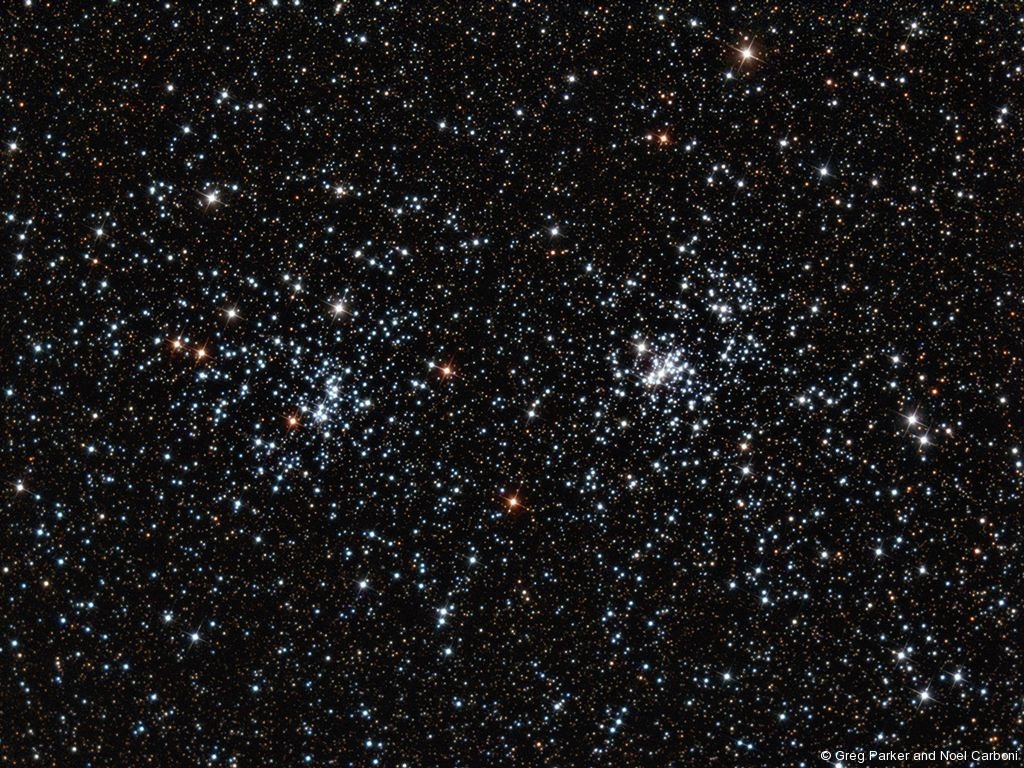

Stars in globular clusters formed in the early days of the universe, around 10 billion years ago, according to the Harvard and Smithsonian Center for Astrophysics, making them some of the oldest stars in existence. But a telescope reveals their true form: thousands to millions of stars form a spherical shape with a bright, dense core. If viewed with the naked eye, globular clusters look like faint smudges of light against the darkness of space. This image was taken by the Hubble Space Telescope, which is run by ESA and NASA. Globular star cluster NGC 6717 is located about 20,000 light-years from Earth, according to the European Space Agency (ESA). There are three main types of star clusters: globular clusters, open clusters, and stellar associations, each of which has different properties that provide different information to astronomers. Comparing the two "helps you understand what's going on on the insides of the stars and how they evolved throughout their lifetimes," according to Steffen. "If you have a star cluster that's 100 million years old, and then you have a star cluster that's a billion years old, you basically have two snapshots of the lives of stars," Steffen said. Stars within a galaxy, on the other hand, can be a variety of ages and have a variety of compositions, Steffen said. That's why stellar clusters are so important to astronomers who are studying stellar evolution. Another factor that differentiates star clusters from galaxies is that within each cluster, stars are roughly the same age and made from roughly the same materials, given that they formed from the same molecular cloud, according to the Australia Telescope National Facility (ATNF).


 0 kommentar(er)
0 kommentar(er)
